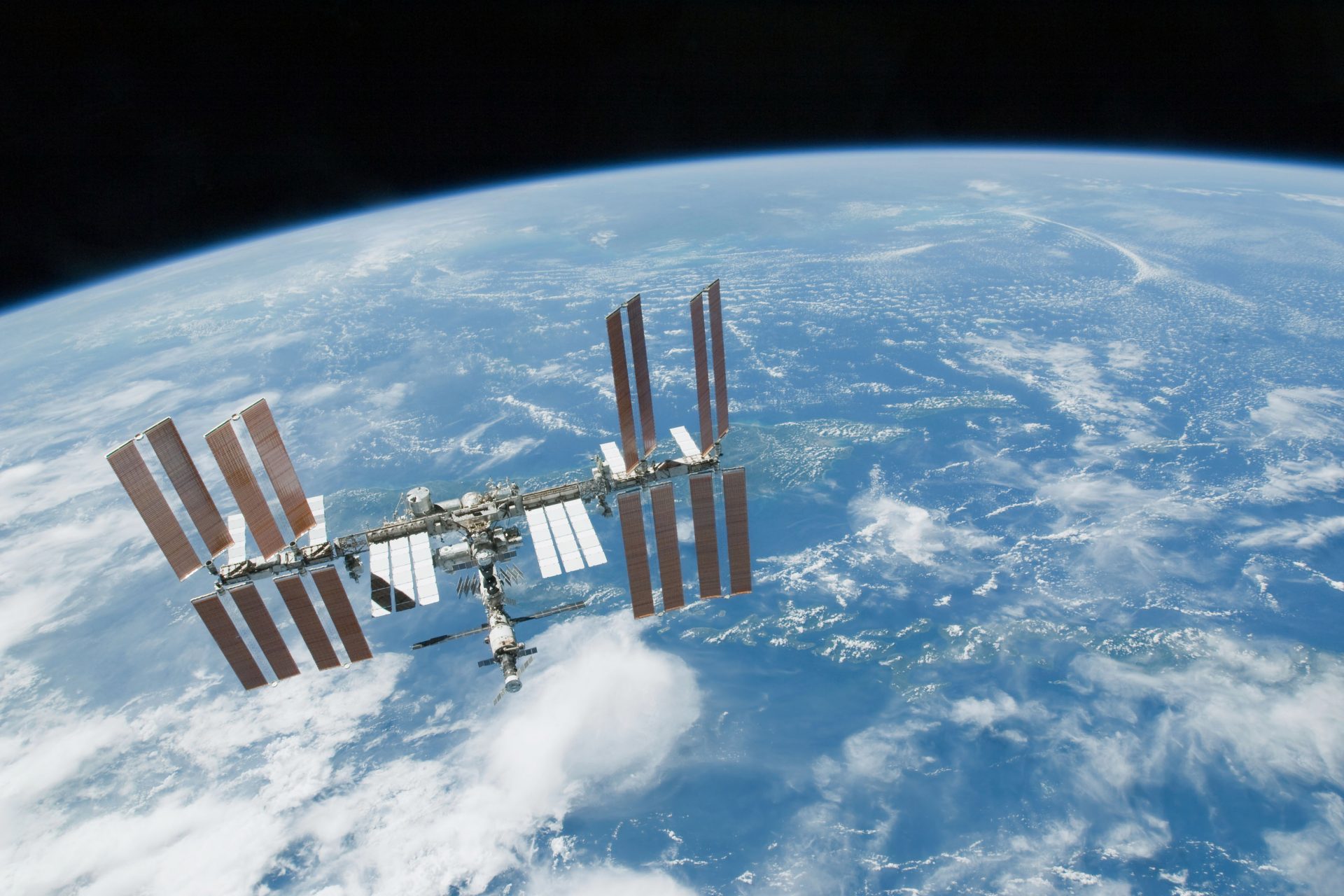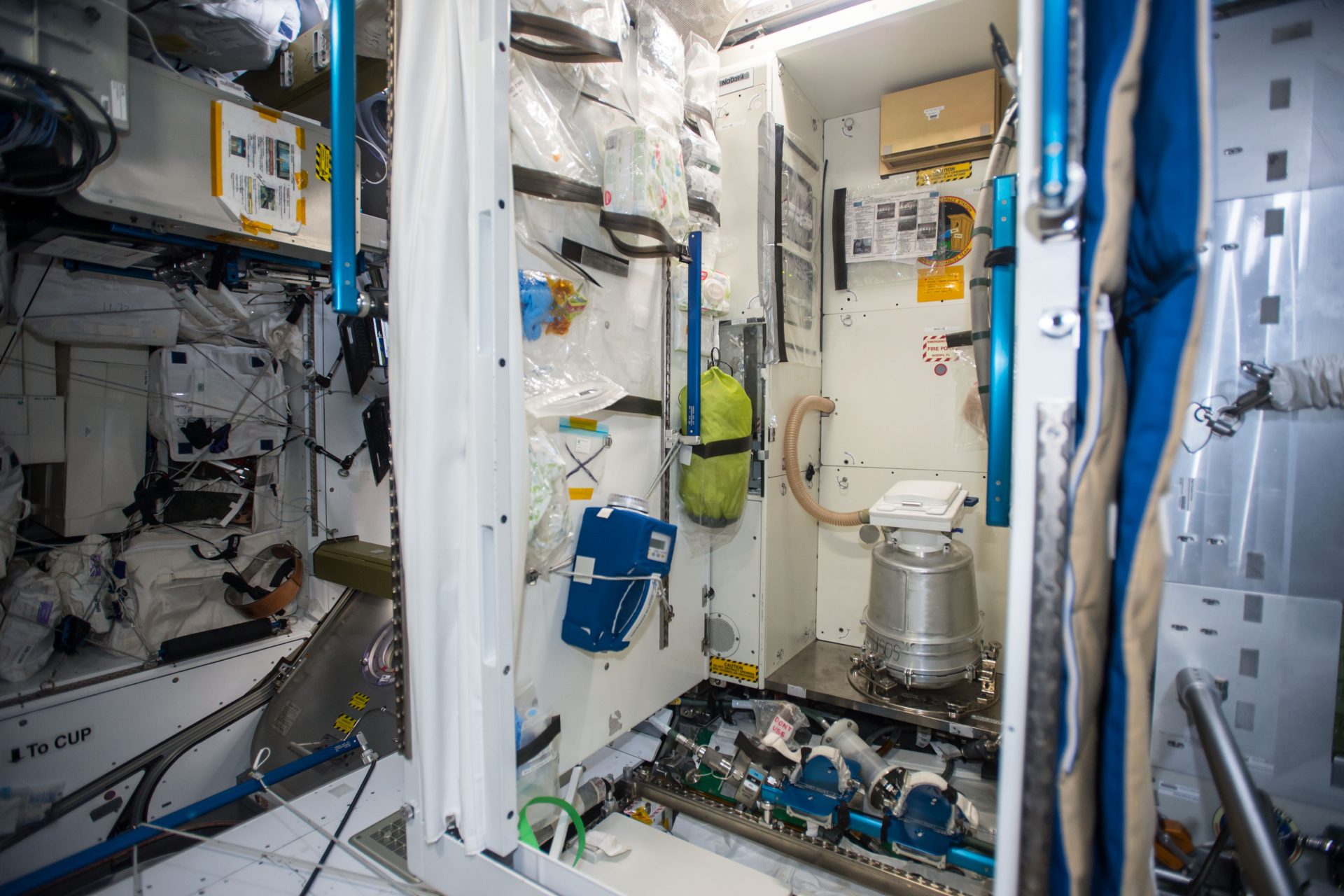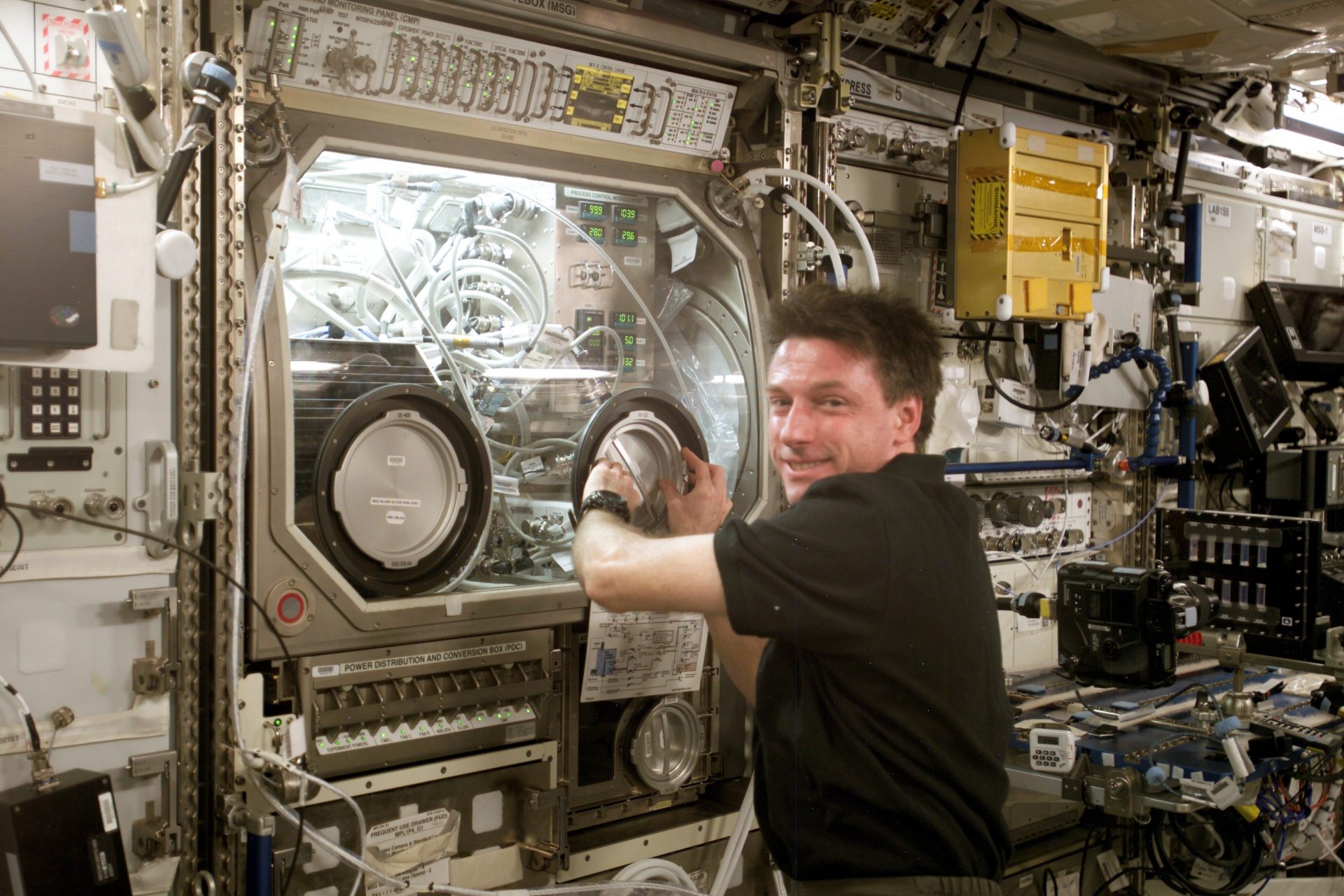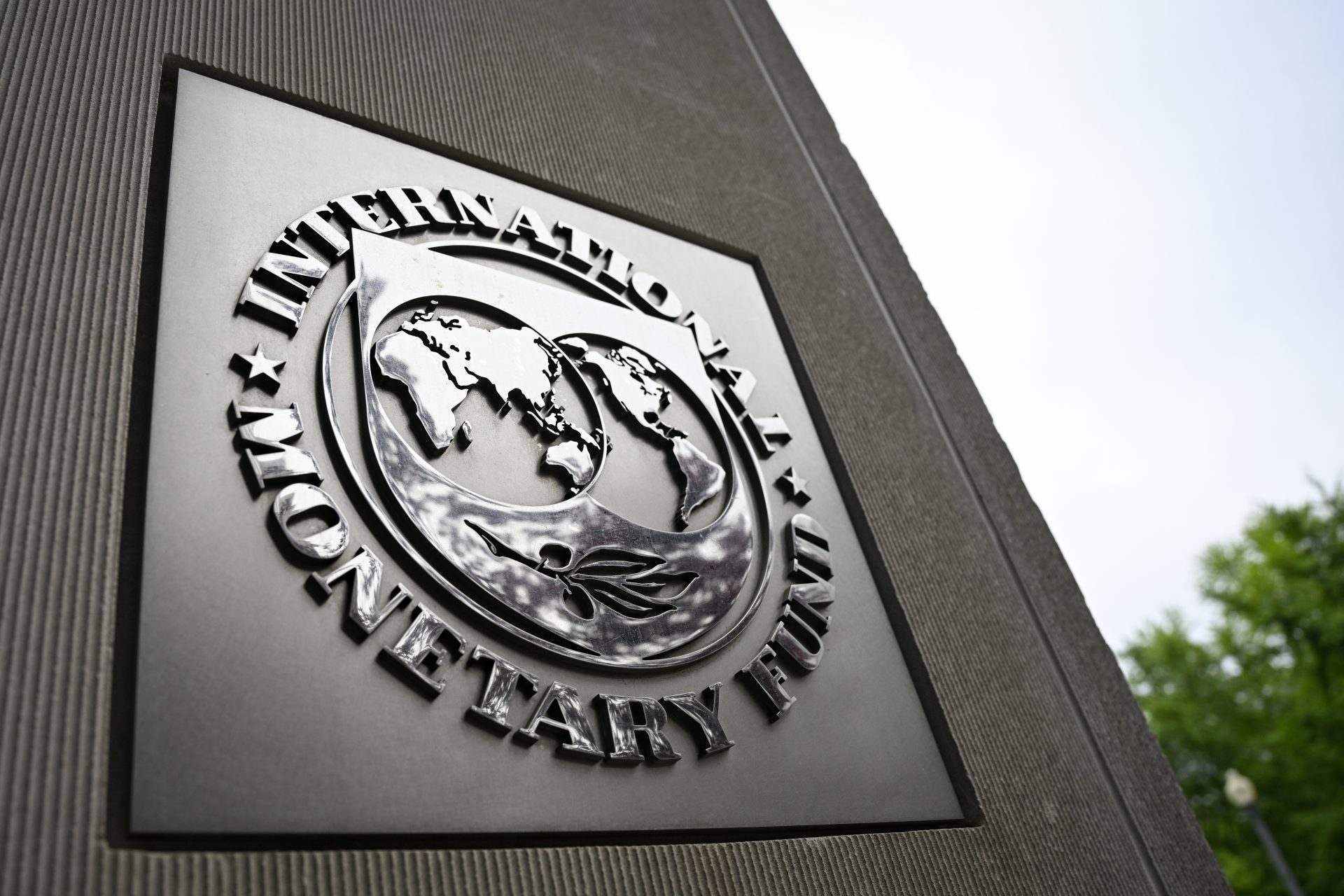NASA's biggest breakthrough in 2023 helps astronauts recycle more pee
Supplying water to the International Space Station (ISS) isn't an easy task. This is why a breakthrough in water recycling technology was among the top innovations NASA made in 2023. Unfortunately, the discovery did come with one really weird drawback.
Astronauts would have to be willing to drink their own pee and the pee of their crewmates. It's recycled urine of course, and it is something that they were already doing, but the breakthrough will allow future crewmembers to preserve and recycle 98% of their urine for reuse onboard the station.
Even more exciting is the possibility that being able to recycle such a large percentage of pee presents for humanity's future in terms of how it could change our ability to travel in space.
Photo Credit: Wiki Commons By NASA/Jack Fischer
Being able to reuse so much bodily waste aboard the ISS was a milestone in developing the technology needed to someday traverse through the stars according to Space.com’s Robert Lea.
Photo Credit: Wiki Commons By NASA/Crew of Expedition 8
Lea noted that crew members of the ISS currently require roughly a gallon of water each day in order to go about their daily tasks preparing food, staying hydrated, and keeping up their hygiene but this wasn’t always easy to manage.
The ideal goal for the astronauts orbiting the Earth was to work towards finding a way to recycle at least 98% of the water they had onboard the ISS, and after several attempts at finding a solution to the problem, the crew aboard the space station in June 2023 finally hit their goal.
How did they do it? Primarily with an improvement to the space stations' Environmental Control and Life Support System according to a NASA statement, specifically the Water Recovery System that collects wastewater and processes it into clean, drinkable water.
The Water Recovery System collects and sends all the station's wastewater to a Water Processor Assembly, and when NASA says they collect all wastewater are not joking. The system has a specialized dehumidifier that collects moisture from sweat and breath.
The ISS's water system is also equipped with a Urine Processor Assembly, which is exactly what it sounds like, a machine that takes each astronaut's pee and turns it into something drinkable. Improvements in this system are what helped NASA reach its goal of 98% water recovery.
How did NASA do it? With the addition of a Brine Processor Assembly to the urine recovery unit. This allowed the crew to extract every last bit of water out of their urine and reclaim more of their bodily waste.
“This is a very important step forward in the evolution of life support systems,” explained Christopher Brown, a member of the International Space Station ground team based at the Johnson Space Center who managed the astronauts’ life support systems at the time.
“Let’s say you collect 100 pounds of water on the station. You lose two pounds of that and the other 98% just keeps going around and around. Keeping that running is a pretty awesome achievement,” Brown added in a statement posted to NASA’s website.
Prior to the addition of the Brine Processor Assembly, crews on the International Space Station were only able to recover 94% of their wastewater but that number has increased to 98% because of a special membrane that the crew's urine passes through while being processed.
“The processing is fundamentally similar to some terrestrial water distribution systems, just done in microgravity,” Jill Williams, the manager of the International Space Station’s Environmental Control and Life Support System, explained in a NASA statement at the time.
Crews aren’t actually drinking urine, Williams explained, but rather reclaimed water that was filtered and cleaned so well that it was far cleaner than the water that most people were drinking back on Earth.
“We have a lot of processes in place and a lot of ground testing to provide confidence that we are producing clean, potable water,” Williams added.
BBC News noted the new process for recovering wastewater aboard the International Space Station will do more than just provide clean drinking water to astronauts. It will also save NASA millions of dollars by cutting the need to deliver clean water to crews.
"The regenerative ECLSS systems become ever more important as we go beyond low Earth orbit. The inability to resupply during exploration means we need to be able to reclaim all the resources the crew needs on these missions," Williamson added.
“The less water and oxygen we have to ship up, the more science that can be added to the launch vehicle. Reliable, robust regenerative systems mean the crew doesn’t have to worry about it and can focus on the true intent of their mission,” Williams concluded.
More for you
Top Stories
































